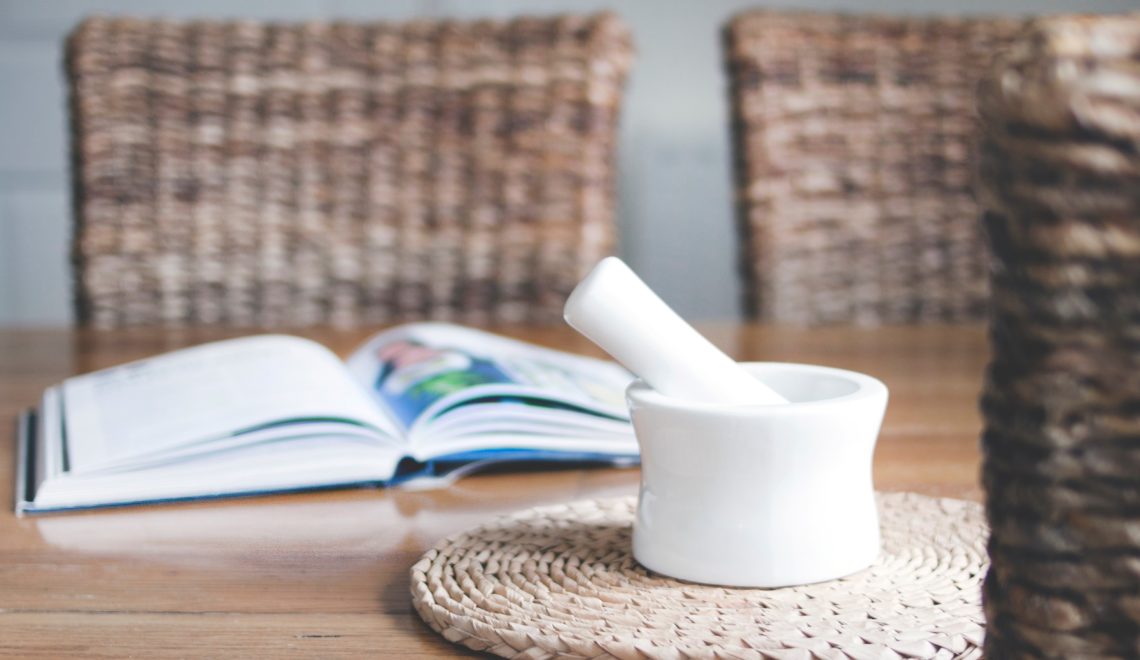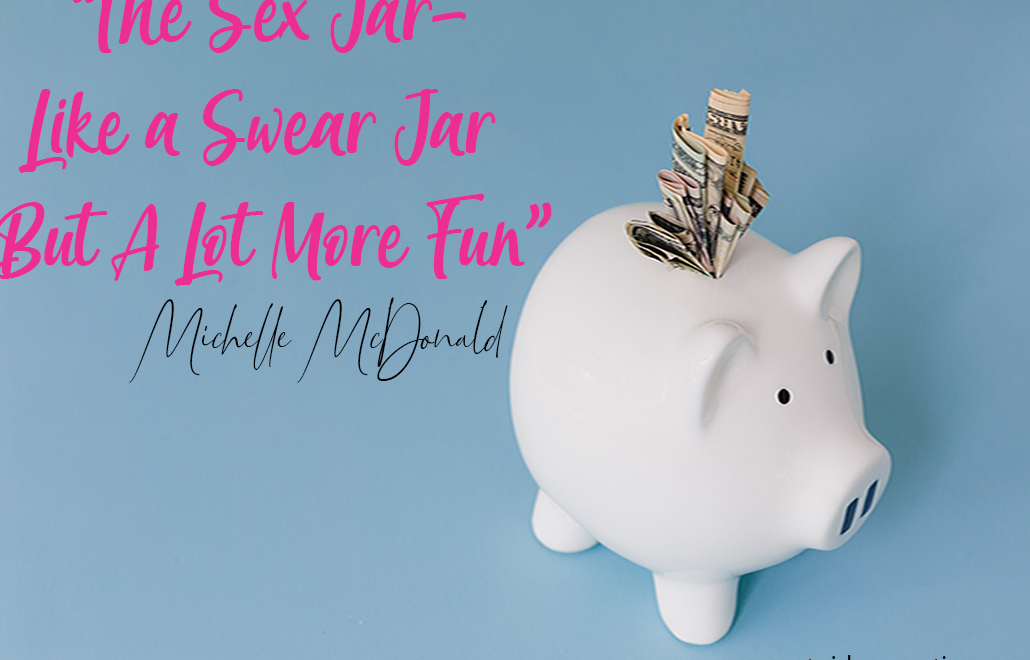
Making Your Money Work For You
Ladies, we work hard for the money we earn, plan and organise our lives around our job, but do we have a plan for what to do with it once it hits our bank account?
Do you direct your money where to go and what to do for you? Or are you like the old Michelle, wondering where all her money was going and certainly have no plan for what she was doing?
If you are like the old me, sit back and read on. I’m about to blow your mind and share some life-changing interesting tips with you. After successfully figuring out where my money goes as shown in my other post, those questions initiated the next step in my financial journey in deciding intentionally where I actually wanted my money to go.
Saving your money is a heck of a lot easier when you have a plan for what you want to do with those savings. Unsurprisingly, for me, I wanted it all!! I needed to get out of debt, save for a Christmas holiday with my parents and partner, start saving towards a family and focus on my retirement plan.
With so many things that I wanted my money to achieve, two of them (Holiday and credit card debt) being time sensitive and the other set of two (family and retirement) needing a lot of planning, I knew immediately that I have to drastically change what I was doing and how my money works for me.
The first thing I did was to work out my very first budget (download a copy of my free budget template). Thankfully I was lucky enough to have some money left from my paycheck even after each debt repayment. So I had options to start saving or spend more or get serious about getting on top of my debt. But, I chose to get serious about my debt repayment and save the extra money every fortnight.
After I had my basic budget set up, then I moved on to I set up my bank accounts for success. If you read “Where My Journey Begins”, you would realise that I’m the girl who knew NOTHING. I literally had ONLY one bank account, no savings account, no rainy day fund, or any form of investment account. If I’m honest with you guys, I also had no idea how to go about setting these up (I barely even used my online banking functions except to transfer money to friends for concert tickets and to check my balance when my card got declined).
Part of my first step was going into the bank and discuss available options to earn interests on my savings. Although, I knew from doing some research online that I needed a high interest “Don’touch Account” and a regular savings account. Also, I created Utility, fuel, entertainment, health and Grocery accounts separately, and then set up automatic deductions into these accounts from my paycheck every fortnight. As mentioned in a few of my favourite research materials to kick start my Financial Independence journey:
Whilst you are digging yourself out of debt, you should also be putting a little something into the savings bucket. otherwise, when an expense comes up, you will end up falling back on the credit cards or borrowing to get yourself out of the trouble and put yourself in an endless cycle of debts.
With this in mind, I aimed to pay-off my debt a little slower whilst making sure that I was setting myself up a rainy day fund. I only used half of my savings to pay off my credit card debt. This type of debt repayment method has been proven to be effective for me.
Because I was still very new to the world of budgeting, I played it cautiously and set the amount going into my DO NOT TOUCH account very low. This helped change my mindset that the account must not be touched under any circumstances. For my regular savings account, I set a little higher as I knew that if the car broke down or I got sick this would be the account to draw from without taking overdraft or short-term credit card debt
At the end of each fortnight, any money left in my paycheck account gets I transferred to my regular savings account. Similarly, at the end of each month, I move the unspent grocery budget into the “Don’t Touch Account” and I transfer half of my regular savings into my credit card account. Repeating this strategy consistently, I was honestly blown away with how much I had saved and paid-off from my debt.
I went from someone who lived paycheck to paycheck (with no hope of paying off credit card debt) to someone with some savings in the account within 4 weeks.
Ultimately, I have been able to reduce my debt gradually by putting in extra money I saved from meal planning and cutting down my non-essential expenses. I was amazed at the results and ask myself several times if this strategy is actually true? Could I have great savings and be debt free all on my average wages? It all worked well and I am now in command of how my money works for me. If I can do it, you can, just give yourself a push.
DARE TO CHALLENGE YOURSELF
My challenge this week for you is simple, sit down and work out what is that you actually want your money to do for you. Are you saving for a Gucci handbag, a house deposit, IVF treatment, or to pull yourself out of credit card debt? Once you know what you want your money to do, then SET YOURSELF up and tell your money what to do. Feel free to use my free budget template (download) and figure out where your money goes and actively engage with it. You work hard for your money ladies so make it work just as hard for you!







